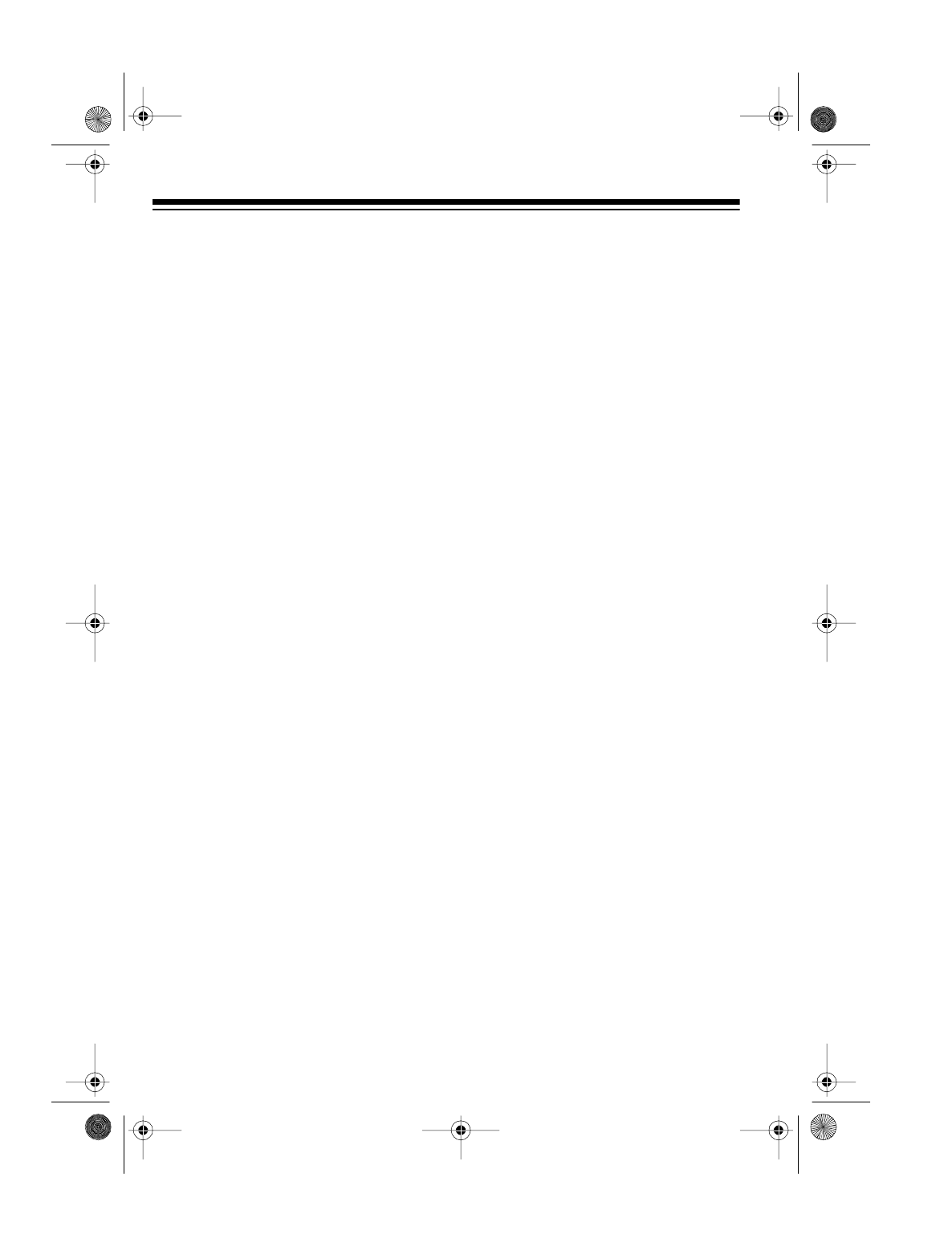
6
Cautions:
• To prevent permanent battery
power loss, never charge the bat-
teries in an area where the tem-
perature is above about 80°F. The
charger does not operate at all at
temperatures below 32°F or
above 113°F.
• Never use any other charger to
recharge the transceiver’s battery
pack. This could permanently
damage your transceiver or the
battery pack.
Important: This transceiver uses a re-
chargeable nickel-cadmium battery
pack. At the end of the battery pack’s
useful life, it must be recycled or dis-
posed of properly. Contact your local,
county, or state hazardous waste man-
agement authorities for information on
recycling or disposal programs in your
area. Some options that might be
available are municipal curb-side col-
lection, drop-off boxes at retailers, re-
cycling collection centers, and mail-
back programs.
CONNECTING THE
ANTENNA
Caution: To prevent damage to your
transceiver, you must connect an an-
tenna before you operate it.
1. Position the BNC antenna con-
nector over the antenna jack on
the top of the transceiver.
2. Place the slots in the antenna’s
connector over the tabs on the
antenna jack, squeeze the base of
the antenna, and push down and
turn the antenna’s base clockwise
until it locks into place.
Instead of the supplied antenna, you
can connect an optional antenna. The
BNC antenna jack on your transceiver
makes it easy to connect a variety of
antennas, such as an external mobile
antenna or an outdoor base antenna,
available at your local Radio Shack
store.
Caution: Never connect an antenna
that is not specifically tuned for the
transceiver’s frequency range
(156.025–162.275 MHz).
Warning: Use extreme caution when
installing or removing a base station
antenna. If it starts to fall, let it go! It
could contact overhead power lines. If
the antenna touches the power line,
contact with the antenna, mast, cable,
or guy wires can cause electrocution
and death! Call the power company to
remove the antenna. Do not attempt to
do so yourself.
19-1004.fm Page 6 Tuesday, August 3, 1999 9:11 AM


















